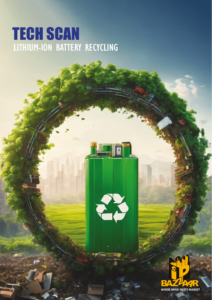Textile Recycling
In a world increasingly attuned to environmental responsibility, recycling textiles is an essential approach in the pursuit of sustainable practices. Textile recycling is an important aspect of the industry’s adoption of a new era, as it acknowledges the dire need for eco-conscious practices.
Textile recycling advancements are region-specific; this process encompasses a diverse range of techniques, from mechanical and chemical recycling to innovative biofabrication and advanced sorting technologies. By diverting textile waste from landfills and incinerators, recycling not only conserves valuable resources but also reduces pollution and greenhouse gas emissions associated with its production and disposal. Utilizing the concepts of sustainability and innovation, textile recycling aims to reduce the textile industry’s environmental impact while promoting social responsibility and economic development.
As we dive into the landscape of textile recycling, it becomes evident that this revolutionary strategy is not merely about discarding old textiles but rather about developing a future in which the textile sector prospers on ideas of sustainability, innovation, and a circular economy.
If you would like to learn more about any of these areas or have specific questions, we’re here to provide further information and insights. Our team is dedicated to driving progress and staying at the forefront of Textile Recycling.
Download Full Version
Textile Recycling
Send download link to email.






